Category: Chemistry
-

Daina Harvey, College of the Holy Cross – Beer and the Environment
The environment plays a huge part in wine-making – what about beer? Daina Harvey, assistant professor of sociology at the College of the Holy Cross, discusses why gout de terroir isn’t just for wineries. Daina Cheyenne Harvey earned a B.B.A (Finance) and a Double B.A. (Philosophy and Economics) from the University of Texas-Austin and a…
-

Nicholas Leadbeater, University of Connecticut – Laughing Gas and Whipped Cream
Laughing gas is used for more than laughing. Nicholas Leadbeater, associate professor of chemistry at the University of Connecticut, discusses a use for this gas that might not immediately come to mind. Nicholas Leadbeater is an associate professor of organic and inorganic chemistry at the University of Connecticut, where he heads the New Synthetic Methods…
-

Nicholas Leadbeater, University of Connecticut – Laughing Gas
Is laughing gas a bad thing? Nicholas Leadbeater, associate professor of chemistry at the University of Connecticut, explores this silly question. Nicholas Leadbeater is an associate professor of organic and inorganic chemistry at the University of Connecticut, where he heads the New Synthetic Methods Group. Leadbeater and the NSMG research cleaner and more efficient methods…
-
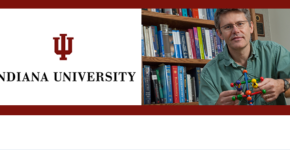
Trevor Douglas, Indiana University – Hydrogen Biofuel
Driving has continued to be a source of pollution. Trevor Douglas, professor of chemistry at Indiana University, discusses an enzyme that may help us power our cars on water and sunlight. Trevor Douglas is the Earl Blough Professor of Chemistry in the IU Bloomington College of Arts and Sciences’ Department of Chemistry. In his lab…
-
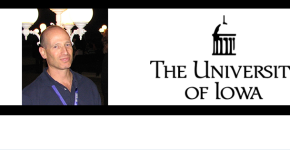
Amnon Kohen, University of Iowa – Humans versus Pathogens
How do you make new antibiotics? Amnon Kohen, professor of chemistry at the University of Iowa, discusses the process for making a drug safe for us and bad for bacteria. Prof. Amnon Kohen was born in a kibbutz in northern Israel. He received his B.Sc. degree in Chemistry in 1989 from the Hebrew University in…
-
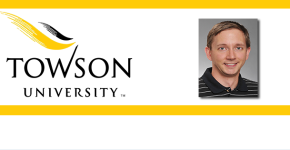
John Sivey, Towson University – Safeners in Herbicides
The use of herbicides is widespread, but we don’t know the whole story. John Sivey, assistant professor of chemistry at Towson University, is looking into what happens to these chemicals after they are applied. John Sivey (Sĭ’-vee) is the Jess and Mildred Fisher Endowed Professor of Chemistry at Towson University. Professor Sivey’s research group investigates the…
-
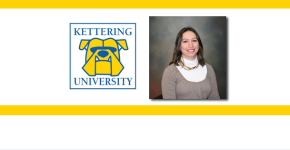
Montserrat Rabago-Smith, Kettering University – Antioxidants
The antioxidants in green tea have great health benefits. Montserrat Rabago-Smith, associate professor of organic chemistry at Kettering University, describes her research into the other possibilities of antioxidants. Dr. Montserrat Rabago-Smith is an Associate Professor of Organic Chemistry at Kettering University in Flint, Michigan. She is currently collaborating with Dr. Lihua Wang and Dr. Veronica…
-

Ami Zota, GWU – Heavy Metal Exposure
A heavy metal known as cadmium is a common environmental pollutant and a hazard because it is thought to increase the risk of chronic diseases like cancer. In today’s Academic Minute George Washington University’s Ami Zota explains a new study she did on cadmium and its connection to accelerated aging of human cells—and the risk of…
-
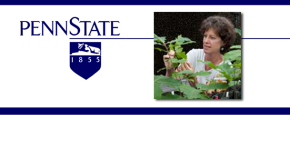
Susan Brantley, Penn State – Hydraulic Fracturing Concerns
Is fracking harmful to our planet or is it worth the economic boon it brings? Susan Brantley, a professor of geosciences at Penn State University, is studying the water in areas where fracking occurs. Susan Brantley is a distinguished professor of geosciences and director of the Earth and Environmental Institute at Penn State. Her research…

